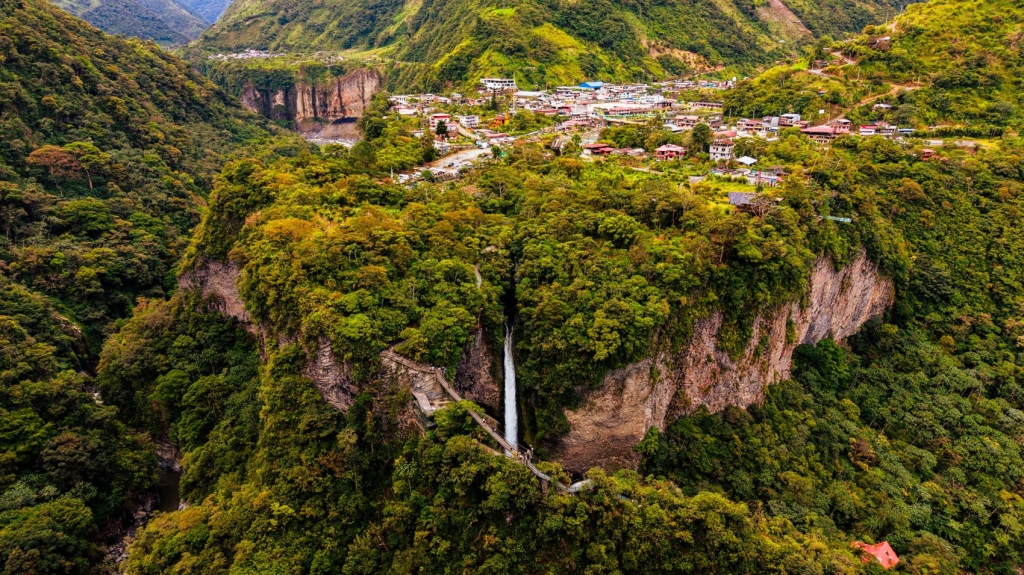
Hello dear pilots! Today is another day of pushing the DJI Mini 5 to its physical, mental, and emotional limits. I travel all over Ecuador to get the best landscapes, places, mountains, volcanoes, and, why not, waterfalls. This time, I’m in the city of Baños, located in the province of Tungurahua. Here you can find some of the most beautiful waterfalls in all of Ecuador.
Flying in the Danger Zone
Have you ever flown in a waterfall? Not through one (not yet!). The problem with this type of flying, especially with these types of drones, is that we are used to having a really stabilized flying experience. But places like this just say no. It’s a difficult task, not only for the drone but for the one controlling it.
Do you feel all confident when you take off your mini 5 after getting +25 GPS satellites? Well, not today, my friend. As soon as you start flying down towards this Pailón del Diablo (Devil’s Cauldron), those satellites just leave. Poof. Disappear. And that’s the moment when the fear (and the dreaded ATTI mode) kicks in.
Wind Currents? Oh, WIND CURRENTS
The Devil’s Cauldron is not an easy place to fly. It’s not even a normal waterfall. The place is enclosed in a cylindrical shape where the water falls from a small spot and then goes through this space, surrounded by stairs for people to watch.
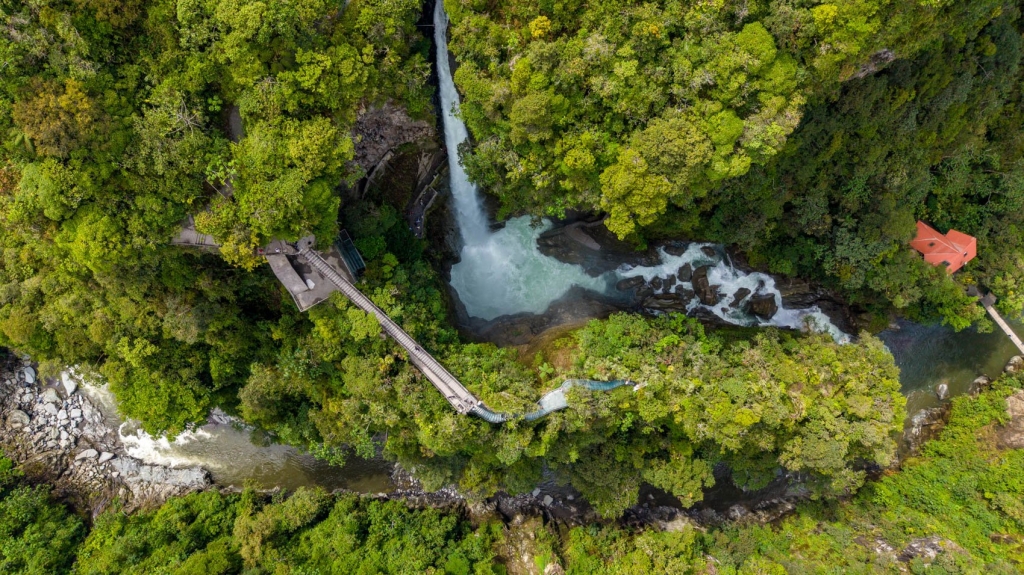
As soon as we start flying towards the center of the cauldron, we know there are going to be a lot of wind currents going up, because of the shape of the place. As a cylinder, there’s no other place for the air to go but up.
And the Mini 5 Pro handles that very well. With its Level 6 wind resistance, it kept the camera steady and didn’t fall to its death at the bottom of the waterfall. Here comes the hard part: once you are doing this negative flight (flying from the upper part of the waterfall and sending the drone down), you know there will be wind currents.
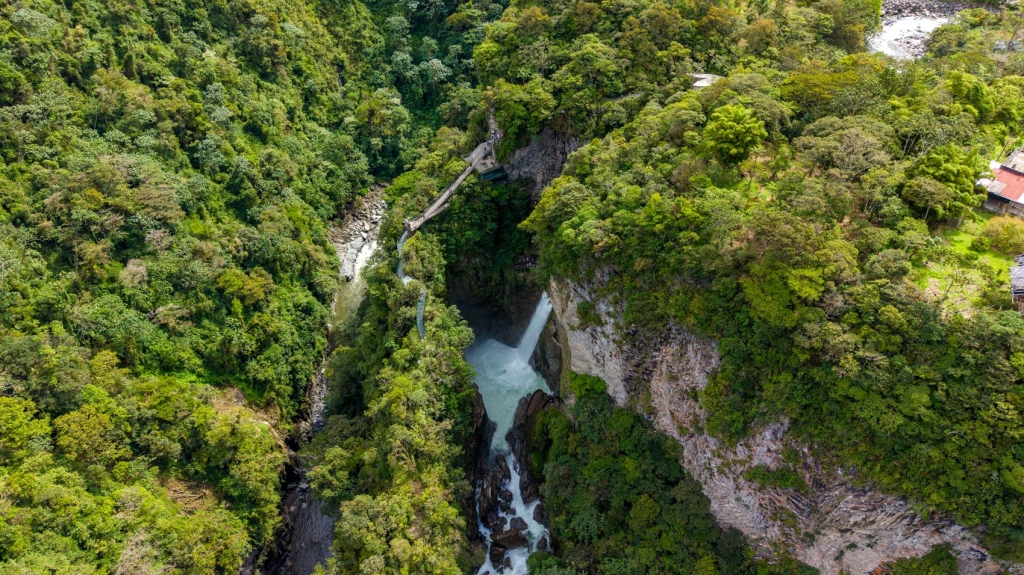
What you don’t expect is the “extra” unexpected currents from the sides. Add that to the fact that when you send the drone down, you are going to lose the GPS signal, and it’s nightmare fuel for an unprepared drone pilot. The slightest gust will make you touch a branch, and you can say goodbye to your drone. Also, the mist from the waterfall will accumulate on the camera and reduce visibility.
So, does this sound like fun to you?
A Warning on “Smart” Features
Maybe it’s not the perfect situation for an inexperienced pilot, but trust me, you get amazing results. The most important advice I can give is to put your mini 5 in Cine mode and always try to maintain Visual Line of Sight (VLOS) with it.
Regarding the crazy rotational gimbal mode, you have to be very careful.
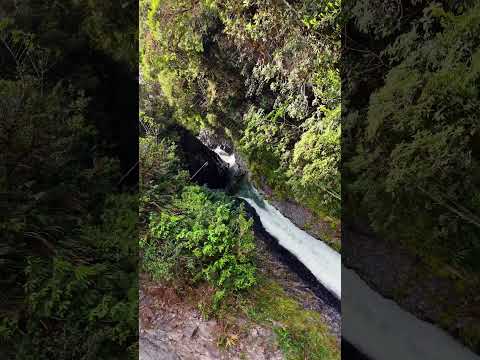
If you are not used to making many combined movements, you’ll probably be tempted to use the QuickShots mode. And here comes the warning. Even though the mini 5 has omnidirectional sensors, during a QuickShot, it enters a weird mode where, despite the sensors being on, the drone moves really fast in the direction you choose… in one case, I had to slam the stop button because it was really, really close to crashing into a wall.
DroneXL’s Take
So, will the DJI Mini 5 Pro handle the winds and risks of flying inside a waterfall? In good, steady, and calm hands, yes, the drone is more than capable. It’s a testament to its motors and stabilization.
But if you are a nervous person, my advice is to keep flying above the waterfalls for now.
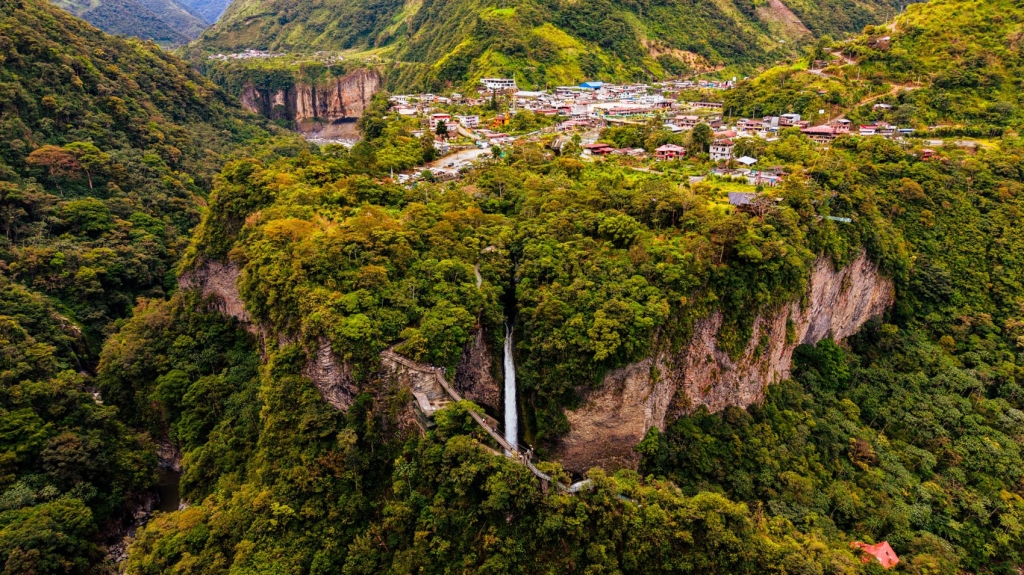
Want to develop the skills to do this with your mini 5? It’s not a secret. Just keep practicing. Fly low, fly slow, and learn the feel of the drone in different conditions. Then, one day, you’ll be ready to fly with this kind of confidence.
Photo credit: Rafael Suarez
